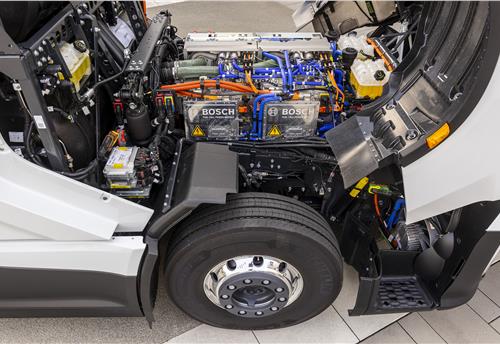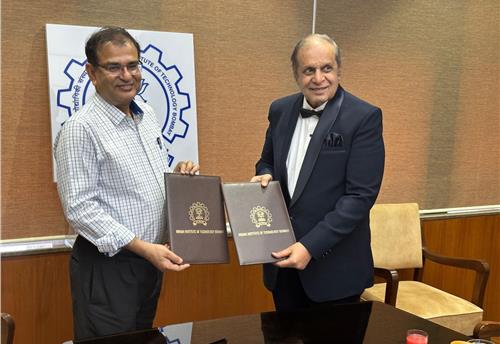GST gives wings to India's commercial vehicle industry
The average distance covered by long-haul trucks has increased to over 300km from the earlier level of 230-250km per day, enabling improved transport of goods and commodities.
The reformative Goods and Services Tax (GST), which replaced the existing taxation system in July this year, has been a harbinger of change for the transport and logistics industry, altering the way the supply chain and warehousing industry operates in the country.
The first major impact of the new tax reform has been in facilitating smoother and speedier trucking across the country as inter-state border checkposts, long known to be speedbreakers of transport, were dismantled across 20 states. This has helped in reducing the travelling time for the transport community by around 20-25 percent, thus bringing in much-desired efficiency in the sector.
According to the Ministry of Road Transport and Highway, after GST implementation, long-haul trucks are now able to travel cover higher distances. The average distance covered has increased to over 300km from the earlier level of 230-250km per day, thereby enabling improved transport of goods and commodities. Previously, long-haul trucks typically spent nearly 20 percent of their transit time waiting at the state checkposts for a government official to check their documentation.
Speaking to Autocar Professional, a Chennai-based large fleet operator agreed that the turnaround time for trucks on long routes has improved remarkably after GST implementation. He commented, “Certainly, trucks are now covering higher distances, enabling us to deliver goods faster than earlier.”
DEMAND GROWS FOR HIGH-TONNAGE VEHICLES
In its latest research report, ratings agency CRISIL says that the tonnage growth of large heavy commercial vehicles (HCVs) is more than twice that of their lighter counterparts. GST is also helping drive changes in the logistics industry, which in turn will keep demand bouyant for large 25T and above HCVs. Tonnage (the sum of the number of vehicles sold multiplied by their respective gross vehicle weight) growth is expected to be 10 percent over the next 2-3 years, compared to 3-4 percent growth foreseen for their lighter siblings below 25T.
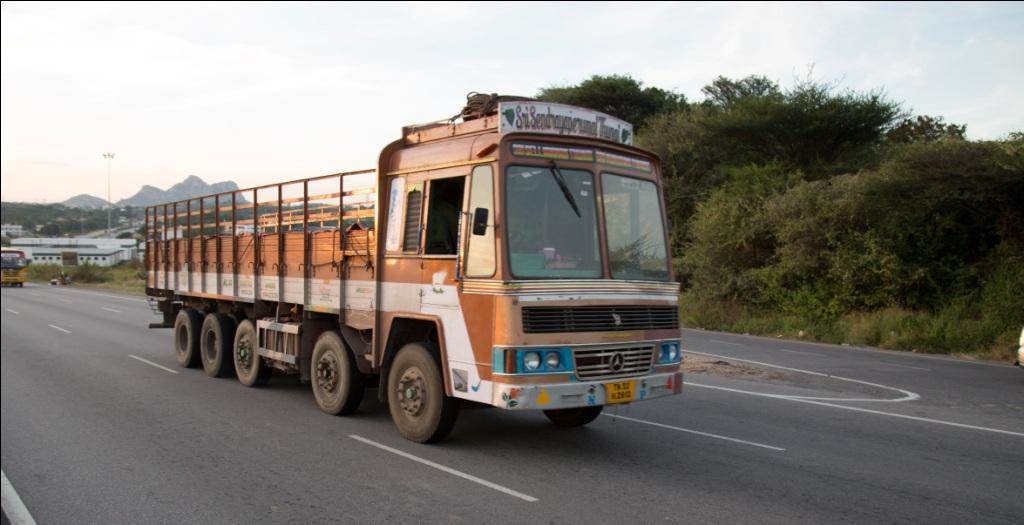
Backing its view, CRISIL says the reason for the estimated growth is seen on the back of logistics hubs, or regional warehouses, becoming larger following the implementation of GST, resulting in average payloads increasing. The hubs cater to ‘spokes’, or local warehouses.
As per the CRISIL report, prior to GST, a central state tax was levied if the state in which the final sale happened was different from where the warehousing or manufacturing took place. Therefore, in order to achieve tax efficiency, many large companies typically maintained a warehouse in almost every state.
Now, after the new tax implementation, companies are moving towards larger warehouses with their location driven by logistical efficiencies rather than tax concerns. As a reuslt, many are re-designing their supply chains, which will translate into reduction of warehouses by up to 40 percent – from more than 30 to about 18-20 over the next few years.
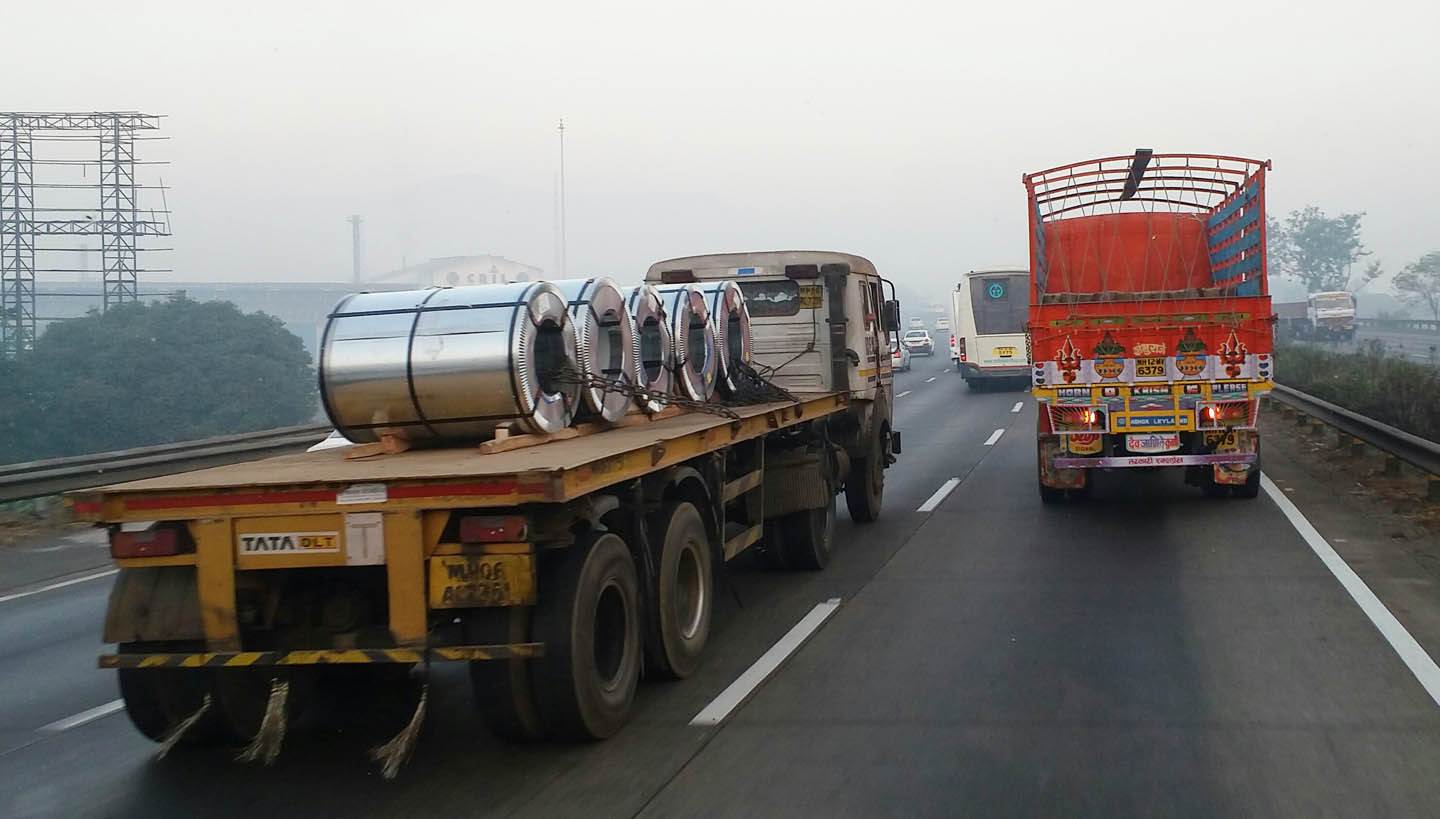
There are other factors such as stricter overloading norms and better fuel efficiency, which are also driving the shift to higher-tonnage CVs. The operating costs per tonne are lower for larger vehicles at high utilisation levels, owing to the better fuel efficiencies and lower fixed costs. These factors have driven the growth of large HCVs over the past three years. Also, larger, integrated logistics players are gaining traction which is also contributing to the shift.
In the first eight months of this fiscal, large HCVs with gross vehicle weight (GVW) over 25T have recorded growth of more than 45 percent in tonnage compared to a decline of more than 10 percent for their lighter counterparts below 25T (GVW).
Binaifer Jehani, director, CRISIL Research, says, “As hubs get bigger and more concentrated for a few industries, preference will shift to much higher-tonnage HCVs (towards 37T multi-axle vehicles and higher-tonnage tractor-trailers). Also, new product offerings by OEMs in the higher tonnage intermediate commercial vehicles (ICVs) segment will continue to gain traction along the spoke routes.”
The research, however, says the shift will not play out for industries where warehousing decisions are driven by a need to be closer to dealers, for instance in the pharmaceutical industry. It says in line with the growth, there will be a need to introduce new models that will be needed to fill the gaps that emerge, which will drive higher investment in product development.
LOGISTICS COMPANIES TO BENEFIT
Commenting on the trends, the report states that a reduction in transit times because of GST, which is led by removal of bottlenecks at checkpoints, will further improve the efficiency of logistics players and reduce the fleet size requirement. Nevertheless, improving industrial activity, and focus on infrastructure and rural economy will partly offset these downside pressures on CV sales.
According to Manish Gupta, director, CRISIL Ratings, “Players with stronger product profiles in ICVs and HCVs stand to benefit – and this will support their credit profiles – while those unable to adapt to the shift towards higher tonnages will come under stress.”
There is already a visible shift in the truck sales trend over the last few years as enforcement of rated payload, superior operating economics and improving infrastructure has shifted buying preference towards higher tonnage rigid trucks. As a result, 31T and 37T rigid truck sales have shot up rapidly. After GST kicking in and the shift towards rated load application, 37T rigid truck volumes have increased from 20 percent to 60 percent signalling a clear shift of the domestic market. Since July 2017, demand for the 37T rigid truck has quadrupled.
In April-November 2017, 37T multi-axle rigid trucks saw sales of 12,353 units compared to 6,264 units for the same period last year. Ashok Leyland, being the first manufacturer to enter this segment, has virtually dominated the segment. The fast-growing category also has prompted Tata Motors, VE Commercial Vehicle and Daimler India CV to launch their offerings in the fast-growing segment.
Another changing trend visible is in the 35T, 40T, 49T tractor-trailer segment, where sales have been growing reasonably. Owing to GST the average daily distance, speed along with improving road network has translated to increase in demand by customers for tractor-trailer.
In the critical long-haul tractor-trailer segment, Tata Motors and Ashok Leyland make up the lion' share. BharatBenz, Mahindra & Mahindra and VE Commercial Vehicles though are eyeing gains with new product offerings.
RELATED ARTICLES
Tata Elxsi-Renesas MCU for EVs enables cost optimisation, speedier time to market
Modular, scalable design of Motor Control Unit enables integration across diverse EV applications. Claimed to be reduce ...
Bosch hydrogen engine tech-powered truck to be on Indian roads this year
The global supplier of technology and services is betting big on both electromobility and hydrogen. While announcing the...
IIT Bombay inaugurates Arun Firodia Research Floor
IIT Bombay, one of India’s top technical and research institutions, honours Kinetic Group chairman Dr Arun Firodia, one ...





 20 Dec 2017
20 Dec 2017
 18574 Views
18574 Views



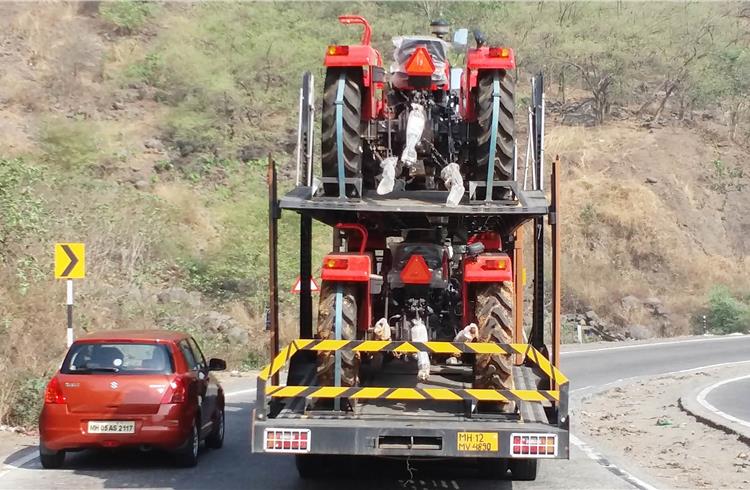
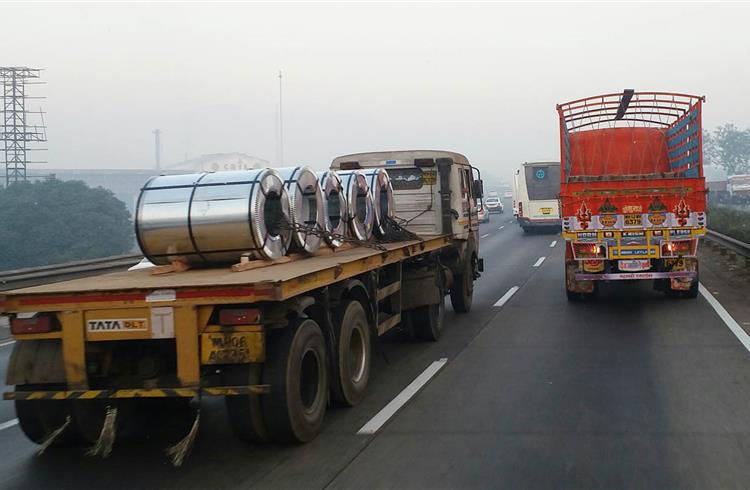
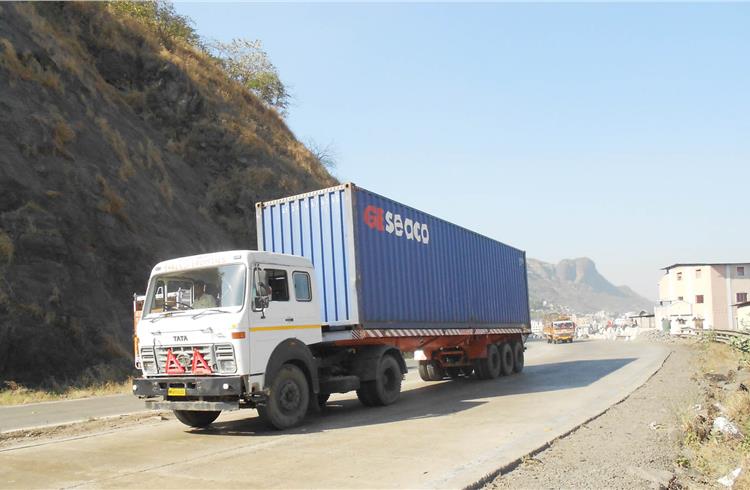
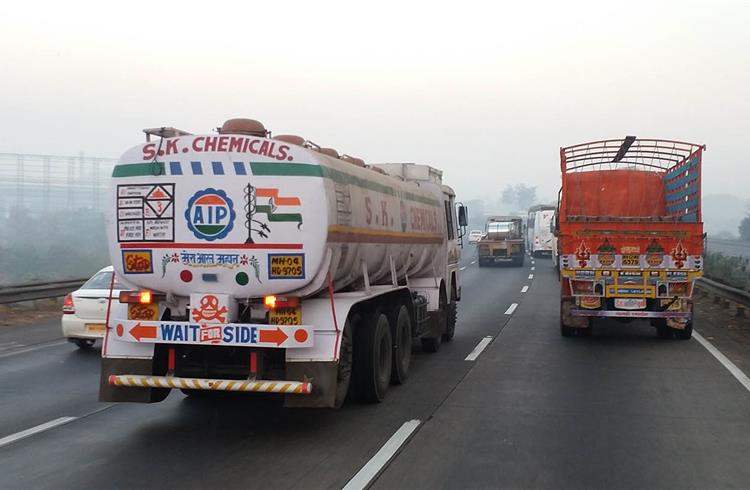

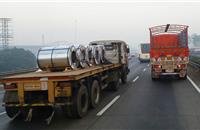
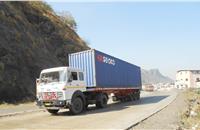

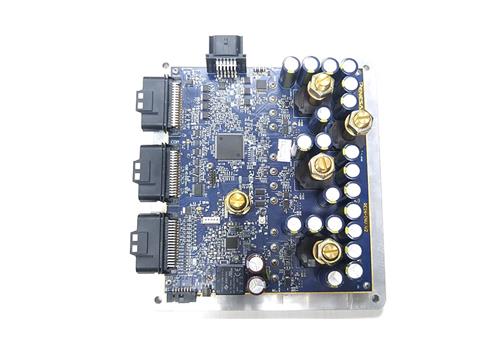
 Autocar Pro News Desk
Autocar Pro News Desk

